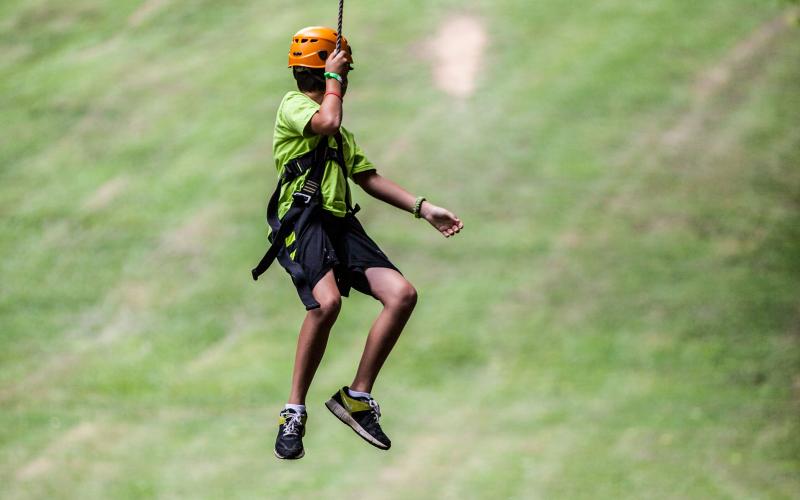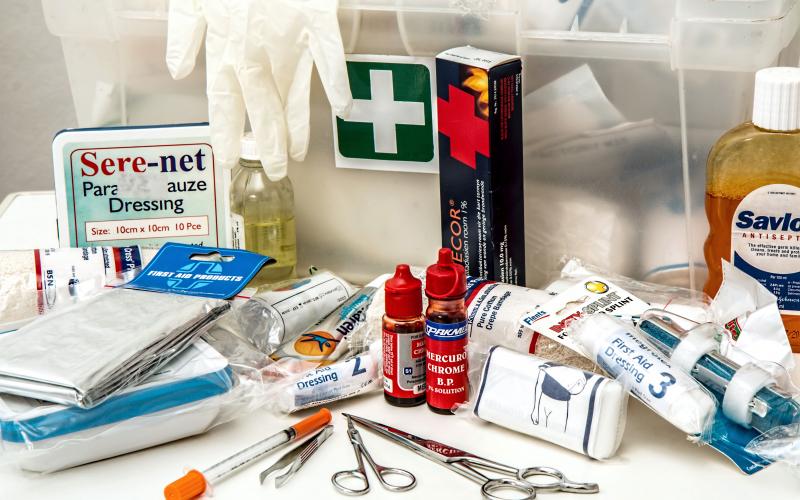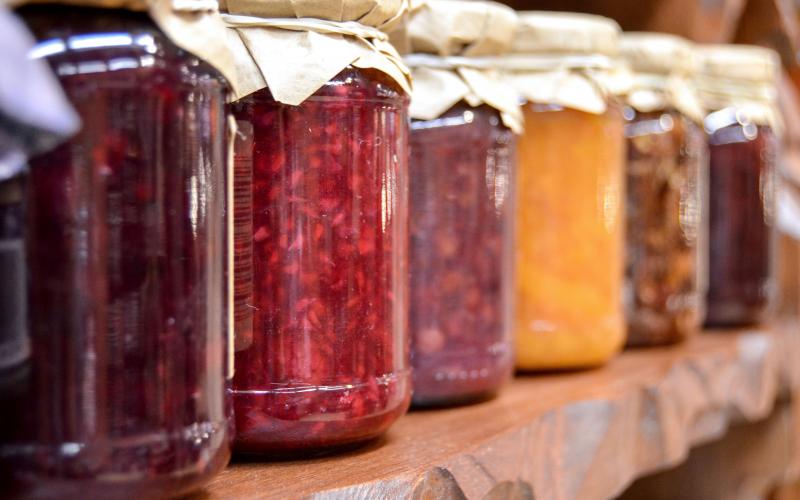Search

4-H Exploring the Treasures of 4-H Curriculum Project
Are you a new 4-H member and don’t really know where to start in 4-H? The Exploring the Treasures of 4-H curriculum introduces youth in 2nd through 4th grade to the world of 4-H.

4-H Fashion Revue Project
The fashion revue contest provides 4-H youth an opportunity to develop interview and personal presentation skills through judge interaction. A public style show, the culminating event, showcases youth’s creativity and style.

4-H First Aid & Health Project
First aid is the immediate care given to an injured or suddenly ill person and every person should be trained in how to administer first aid. First aid does not take the place of getting proper medical treatment by a qualified and licensed practitioner but knowing first aid and how to properly apply is important.

4-H Fitness & Sports Project
Do you love playing sports, being in shape, or preventing athletic injuries? Youth involved in the fitness and sports project will have the ability to share their passions for favorite activities and educating people about fitness tips and safety.

4-H Food Preservation Project
Food preservation is a way to enjoy fresh-grown fruits, meats and vegetables all year! Many every day foods we eat are preserved by canning, pickling, freezing or drying.

4-H Food Science Project
If you have ever baked a cake or even eaten an apple, you have taken part in food science. Food science encompasses how our body utilizes food (nutrition) as well as what changes food goes through on its way to our plates (food safety and preparation).

4-H Forestry Project
Learn how to read the forest by identifying tree types and species in your area, how to conduct a tree survey and its uses, and the many benefits trees provide for our environment and in our daily lives.

4-H Geology & Minerals Project
The geology and minerals 4-H project area rocks! Collect and study different rocks, explore large geological structures, make your own crystals, learn the rock cycle, or create jewelry with rocks and minerals.

4-H Geospatial Sciences Project
Used in everything from growing crops to tracking down criminals, geospatial technology is one of the fastest growing industries in the United States. Geospatial technology is used to analyze the earth’s features and visualize measurements.

4-H Graphic Design Project
4-H graphic design applications using computer technology provide 4-H members with an opportunity to express their ideas and learn skills through study and project work. It begins with a message that is transformed into visual communication that transcends mere words.